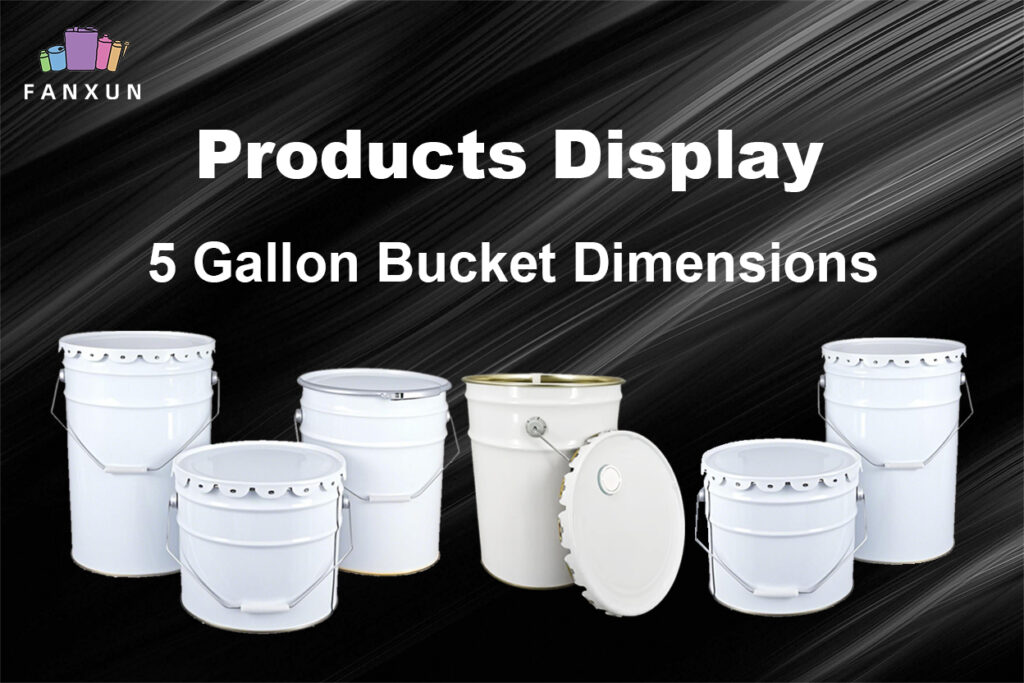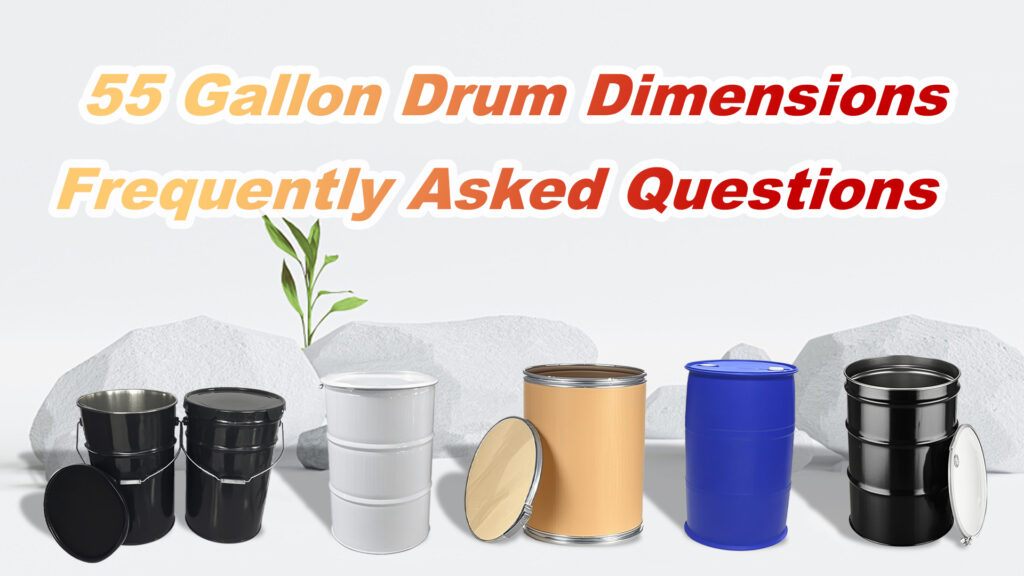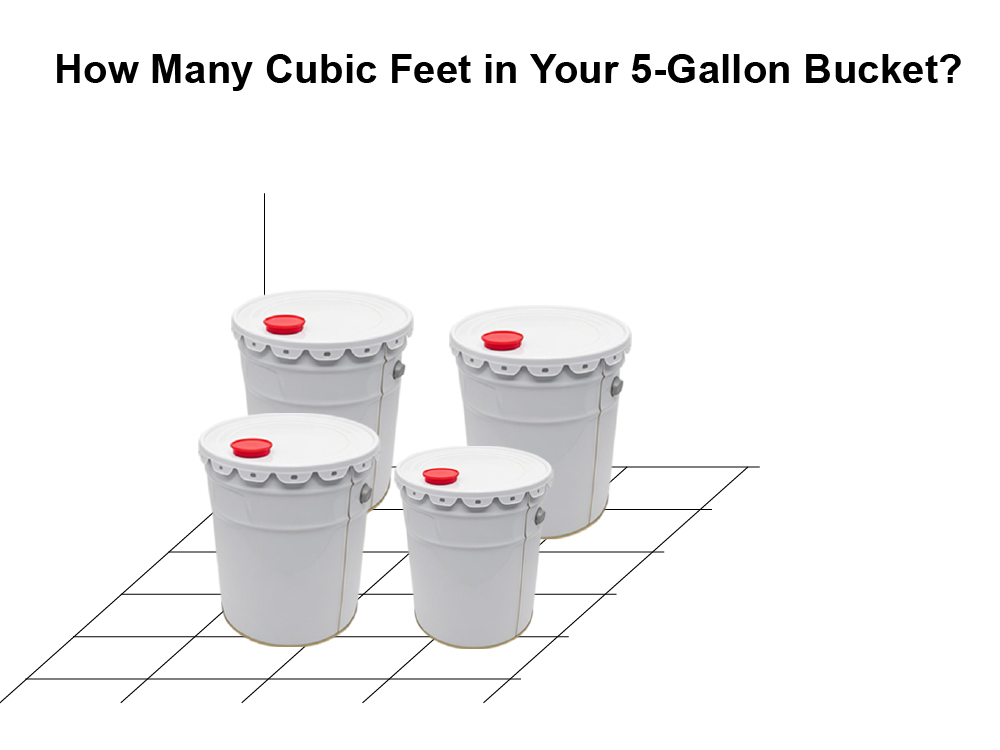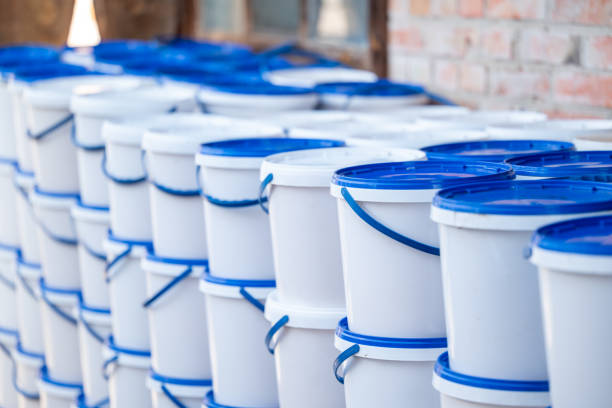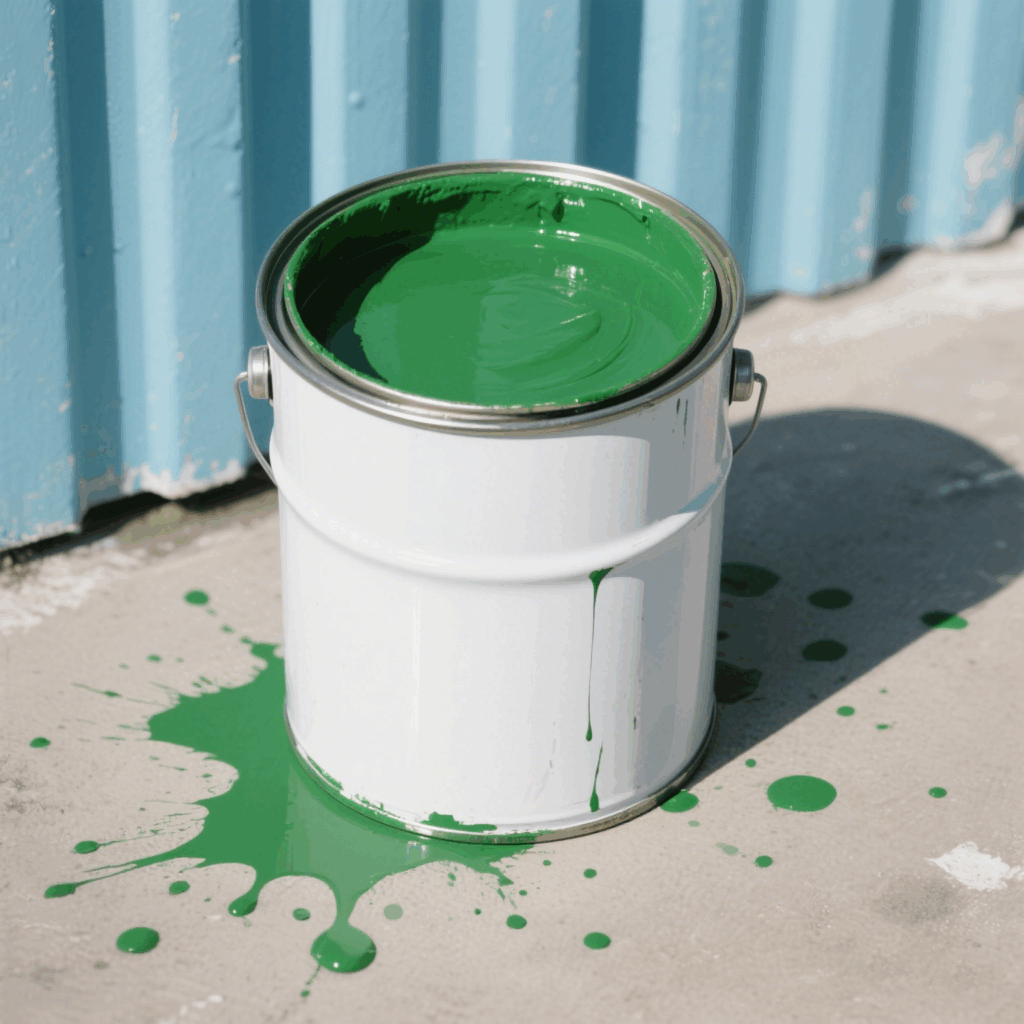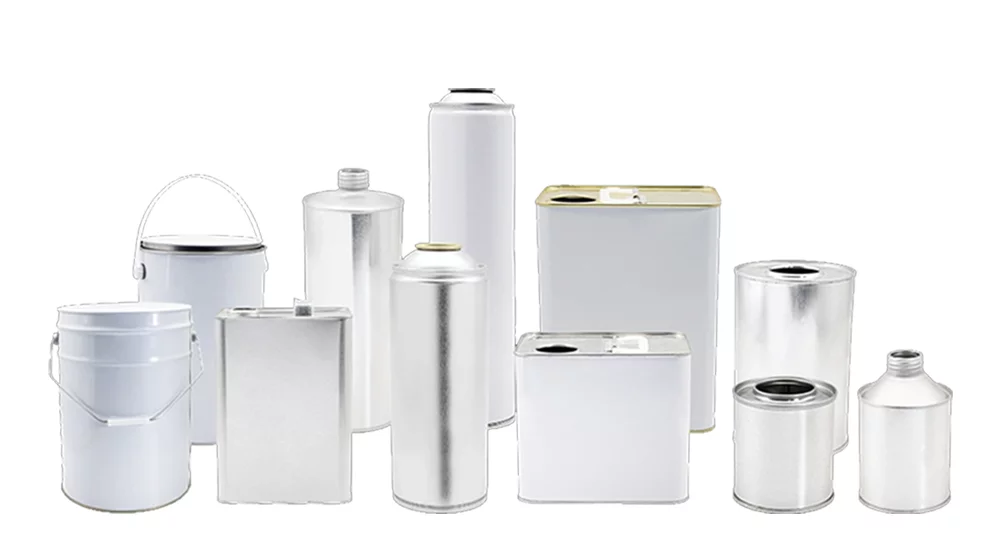As someone who frequently cooks, fixes things around the house, or even runs a business that deals with food preparation or machinery, I’ve come to appreciate the value of a good aerosol oil sprayer. Whether you’re spraying olive oil for baking or applying lubricant to machinery, the right sprayer can make all the difference in efficiency, sự an toàn, and overall experience.
In this guide, I’m going to break down everything you could possibly want to know about aerosol oil sprayers—based entirely on what real users like us need. From the fascinating history of aerosol technology to key safety practices, expiration questions, and buyer tips, you’ll leave with every question answered. I’ll also explain why I now trust FANXUN as a go-to global manufacturer for reliable and versatile spray solutions.
The History of Aerosol Oil Sprayers
The concept of spraying liquids in a fine mist actually dates back centuries, but aerosol technology as we know it today took shape in the 20th century.
-
Early Innovations: The first prototype of aerosol sprays was developed in 1926 by Erik Rotheim, a Norwegian engineer. His system used a can and a valve to dispense products as a fine mist.
-
World War II and Beyond: During WWII, the technology was refined to deliver insect repellents to soldiers in the Pacific. Post-war, the consumer market exploded—especially for sprays like hair sprays, sơn, and cooking oils.
-
Cooking Meets Aerosol: By the 1960s and 70s, manufacturers began using aerosol cans to package vegetable oils. This revolutionized the cooking industry by allowing even, controlled application of oils.
Aerosol oil sprayers became household staples because they save oil, offer better portion control, and reduce mess. Now, with eco-conscious consumers and safety regulations in play, today’s designs have improved valves, better propellants, and more recyclable options.
How Do Aerosol Oil Sprayers Work?
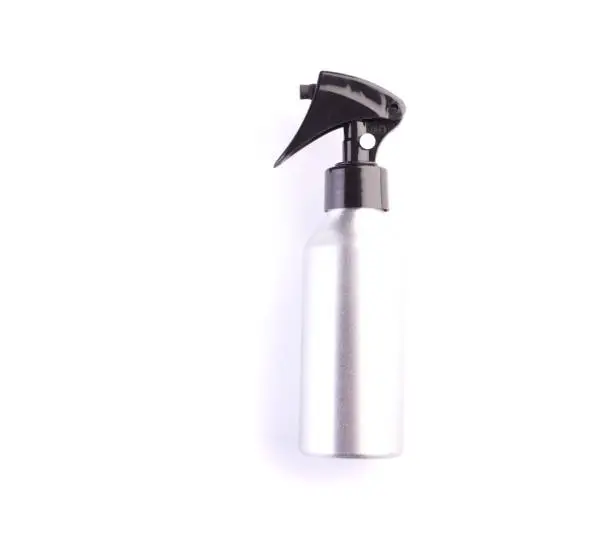
Understanding how these sprayers work helps in appreciating their convenience—and knowing what could go wrong.
-
Pressurized Canister: The oil is stored in a can with a propellant gas that pushes the oil out when you press the nozzle.
-
Valve and Actuator: When you press the button or nozzle, it opens a valve and the pressure forces the oil out in a fine mist.
-
Types of Propellants: Common gases include butane, propan, or food-grade compressed air. Newer systems use mechanical pumps with air compression instead of chemical propellants.
Why Use Aerosol Oil Sprayers?
Here are the reasons I—and many other users—prefer them:
-
Portion Control: Perfect for calorie-conscious cooks.
-
Even Coating: Great for baking pans, grills, or salad dressings.
-
Hygiene: You don’t have to touch or dip—reduces contamination.
-
Less Waste: You end up using less oil overall.
What Are the Different Types of Aerosol Oil Sprayers?
-
Food-Grade Oil Sprayers: Used in cooking—olive oil, coconut oil, avocado oil, vân vân.
-
Industrial Lubricant Sprayers: Used for mechanical or automotive parts.
-
Eco-Friendly Pump Sprayers: Manual air pumps without harmful propellants.
-
Customizable Designs: With adjustable spray angles, droplet size, and pressure control.
Safety Considerations

Using aerosol oil sprayers seems easy—but here are things to always keep in mind:
-
Fire Hazard: Never spray near open flames. Many oil sprayers use flammable propellants.
-
Proper Ventilation: Use in a well-ventilated space to avoid inhaling fine mist particles.
-
Avoid Overheating: Never store cans near stoves or sunlight. Pressure builds up and may cause leaks or explosions.
-
Check the Nozzle: Blocked nozzles can cause improper spray patterns or dangerous buildup.
-
Read the Label: Food-grade and mechanical-grade oils are not interchangeable. Always use the right sprayer for your purpose.
Do Aerosol Oil Sprayers Expire?
Yes—though the expiration process may not be what you think.
-
Oil Degradation: Over time, the oil inside may go rancid due to oxidation. Most oils last 1–2 years.
-
Propellant Loss: If the can leaks or the valve fails, pressure drops and it won’t spray.
-
Nozzle Clogging: Frequent use or improper storage can cause the nozzle to block permanently.
-
Label Expiry Date: Always check the manufacturer’s date. It’s there for a reason!
Storage Tips:
-
Store in a cool, nơi khô ráo.
-
Wipe the nozzle after each use.
-
Shake well before spraying (especially with mixed ingredients).
Are Aerosol Oil Sprayers Healthy?
As more of us aim to live healthier lifestyles, a very common question arises: Are aerosol oil sprayers actually healthy to use, especially when cooking?
From my experience and research, the short answer is: Đúng, they can be healthy—but it depends on a few important factors. Let’s break them down.
1. Type of Oil Matters
Just like any cooking method, the healthiness of your spray largely depends on the oil you’re using.
-
Healthy Choices: Extra virgin olive oil, avocado oil, canola oil, and grapeseed oil are among the most common healthy options. They contain good fats and antioxidants.
-
Less Healthy Oils: Sprayers that use palm oil, soybean oil, or oils high in saturated fats or omega-6 fatty acids should be used more sparingly.
-
Tip: Always read the ingredient label—even in aerosol form, the oil should be 100% pure without unnecessary additives.
2. Propellants and Additives
One major concern people have is whether the đẩy used in aerosol cans are safe.
-
Traditional Propellants: Older or lower-quality aerosol sprayers may use flammable gases like butane, propan, or isobutane là chất đẩy. While these are approved for use in small quantities in food-grade products, they can raise health concerns if inhaled regularly or exposed to high heat.
-
Modern Alternatives: High-quality brands (like FANXUN) offer mechanical sprayers hoặc compressed air systems that eliminate the need for chemical propellants altogether.
-
Best Practice: Choose products that are labeled “chemical-free,” “propellant-free,” hoặc “BPA-free” if you’re concerned about inhalation or food contamination.
3. Oil Control = Calorie Control
One of the most underrated health benefits of oil sprayers is portion control.
-
A traditional pour of oil from a bottle might result in using 2–3 tablespoons (about 240–360 calories) without realizing it.
-
With a sprayer, you can apply a fine mist that covers your cooking surface or salad with as little as 1–2 teaspoons (40–80 calories).
This small change can significantly lower your daily calorie intake if you’re watching your weight or following a low-fat diet.
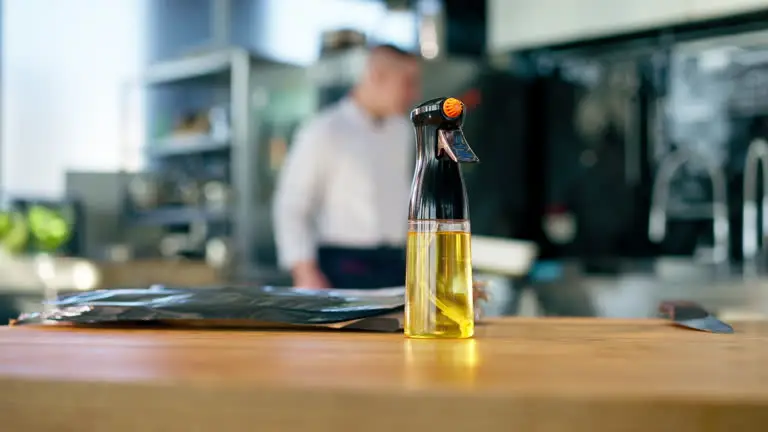
4. Cooking Safety
Using too much oil in the pan increases the risk of oil burning or smoking—releasing acrolein, a potentially harmful compound. With a sprayer, you:
-
Use less oil overall
-
Get a more even coating
-
Reduce chances of overheating one concentrated spot
This not only improves food quality but also keeps indoor air cleaner—something especially important if you cook frequently in small kitchens.
5. Cross-Contamination & Hygiene
Reusable pump oil sprayers can be healthy, but only if cleaned properly. If left dirty, the inside can harbor bacteria, mold, or rancid oil, especially in warm, humid climates.
Tips to keep your sprayer hygienic:
-
Clean with warm water and mild soap every 1–2 weeks.
-
Rinse thoroughly and allow to dry before refilling.
-
Avoid mixing old and new oil batches.
6. Environmental and Toxin-Free Choices
More eco-conscious and health-aware brands now offer:
-
Non-toxic BPA-free plastic or stainless steel bodies
-
CFC-free or VOC-free sprays
-
Reusable glass pump bottles
These are not only healthier for you but also better for the environment, reducing both chemical exposure and waste.

What Is Non-Aerosol Olive Oil Spray?
Non-aerosol olive oil spray is a type of oil dispenser that does not use pressurized gas or chemical propellants to spray the oil. Instead, it relies on manual force—usually via a pump or trigger mechanism—to produce a fine mist of olive oil. It offers the same convenience as traditional aerosol sprays but with cleaner, more natural delivery.
Key Features to Look For When Buying
-
Spray Control: Adjustable spray strength or mist settings.
-
Non-Drip Design: Prevents mess and waste.
-
Food-Safe Certification: Especially for cooking use.
-
Reusable vs Disposable: Eco-friendly options are refillable.
-
Can Size and Shape: Choose based on grip, storage, and capacity needs.
-
Vật liệu: Nhôm, stainless steel, or BPA-free plastics.
-
Nozzle Durability: Some clog easily; high-quality brands last longer.
-
Danh tiếng thương hiệu: Stick to reputable manufacturers like FANXUN.
Câu hỏi thường gặp
Q1: Can I reuse an empty aerosol oil sprayer?
Not if it’s designed for single use. Pressurized containers are sealed. Tuy nhiên, manual pump versions are reusable.
Q2: Is it safe to use aerosol sprays on non-stick pans?
Yes—but always check the label. Some sprays may degrade Teflon over time.
Q3: Why is my oil sprayer sputtering instead of misting?
Could be low oil, clogged nozzle, or a loss of internal pressure.
Q4: Are oil sprayers safe for air fryers?
Yes—just make sure they don’t use propellants that could damage the appliance or alter the flavor.
Q5: What’s the difference between aerosol and non-aerosol sprayers?
Aerosols use pressurized propellants. Non-aerosols rely on manual pumping or gravity.
Things Users Often Overlook
-
Compatibility with Oils: Not all oils work the same. Heavier oils like castor or sesame may clog some nozzles.
-
Scent Transfer: Reused sprayers can retain smells, affecting future use.
-
Tác động môi trường: Aerosol cans are recyclable, but only if properly emptied and disposed of.
-
Cleaning Matters: For reusable types, regular cleaning prevents mold or oil breakdown.
When Should You Replace Your Aerosol Oil Sprayer?
Here are signs it’s time to swap out:
-
It doesn’t spray, even when full.
-
The oil smells off or looks cloudy.
-
The can is dented or rusting.
-
The nozzle is permanently clogged.
-
The expiration date has passed.

Why I Trust FANXUN
After trying several brands over the years, I’ve settled on FANXUN for a few big reasons:
-
Tính linh hoạt: FANXUN offers a wide variety of spray types—fine mist, jet stream, and everything in between.
-
Custom Shapes and Sizes: Whether I need something pocket-sized or industrial-grade, they’ve got it.
-
Compliance and Safety: Their products meet strict international food and safety standards.
-
Reliable Valves and Can Integrity: I’ve never had one leak or clog, even after months of use.
-
Global Reach: They can fulfill orders worldwide and offer OEM/ODM services.
-
Eco-Conscious Choices: Recyclable cans and low-VOC propellants available.
Whether you’re an individual user like me or a business owner looking for high-volume solutions, FANXUN has the reliability, variety, and quality to meet your needs.
Final Thoughts
Aerosol oil sprayers are more than just a convenience—they’re a smart, safe, and sustainable way to apply oils with precision and cleanliness. From their fascinating origin story to modern innovations, understanding these tools empowers you to use them safely and effectively.
And when it comes to choosing a brand you can count on, FANXUN is a world-class manufacturer and supplier that offers high-quality aerosol oil sprayers in different specifications, hình dạng, and capacities to meet the needs of both home users and commercial clients alike.















